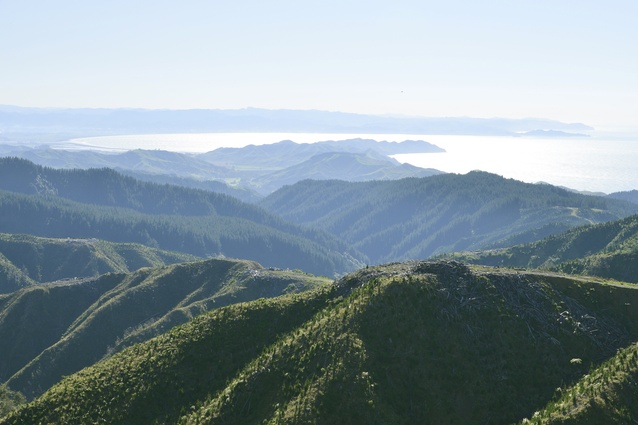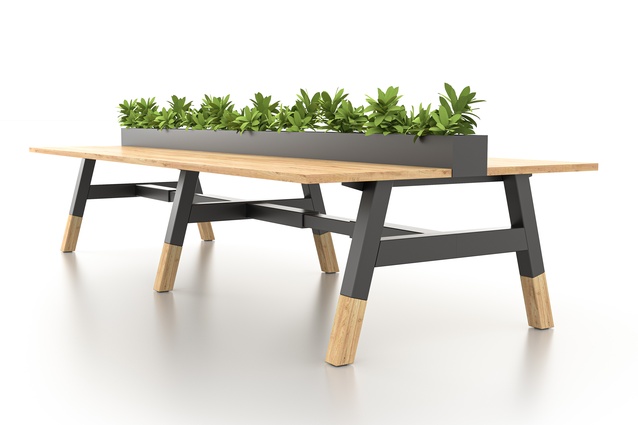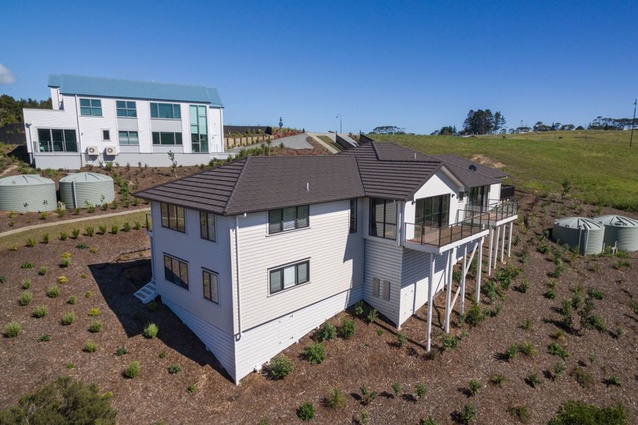Premium wood solutions
Partner content: Juken New Zealand showcases sustainable forestry producing innovative premium wood solutions for an evolving building industry.
At Juken New Zealand Ltd, we are committed to the environment. Our customers demand it, and we respond to that demand, through our environmentally sensitive, sustainable forestry and manufacturing processes.
We make a wide range of Engineered Wood Solutions, including laminated veneer lumber (LVL), structural panels and decorative solid wood products. We are harvesting from trees that we plant and care for on a sustainable basis to ensure that you receive the very best products for your requirements.
Professional forest management is key to producing the right trees for making the right products. We take pride in the way we manage and take care of our forests – from land preparation, seed selection, planting, disease and pest control, thinning, pruning and harvesting. It’s a deliberate, methodical and continuous process to ensure that the product requirements are met. We intensively prune our forests to grow a high-value, clear wood resource for processing in our plants. We have 40,000 hectares of predominantly radiata pine plantation forest, across two North Island regional locations – Wairarapa and East Coast. Our forests are close to our mill operations, so freshly cut logs get efficiently delivered for processing. We carefully select and prepare the land and the seedlings to be planted, and we monitor and control diseases and pests.
Our tree stocking adjustments include selective thinning to ensure managed and consistent growth of remaining trees, while our silvicultural practices include higher than regular pruning to achieve tree logs with a more significant proportion of unblemished (clear) wood. Harvesting is undertaken with sensitivity to the environment and natural features and habitats. And, once trees are harvested, the ground is prepared again in readiness for replanting, usually within six months. Good policies and practices will only work when experienced, knowledgeable and committed people are “on the job”. We foster and encourage healthy and enduring relationships with our staff and our contractors – people who are passionate about the forests they work in, about what they do, and about their importance in the supplier-to-customer product chain.
J-Panel is a general-purpose solid wood edge laminated panel and is a premium alternative to traditional wood panel products. It’s wider and straighter with an aesthetically pleasing wood grain. J-Panel is typically used to manufacture furniture and kitchen componentry, making it a popular choice with both builders and joiners.
J-Frame is a laminated veneer lumber (LVL) engineered wood product – and it’s about to make your next building project easier. Engineered straight, strong and durable, J-Frame is suitable for a wide range of uses; including residential and commercial framing and truss systems.
Triboard is a 3-layered panel with a wood strand core sandwiched between an MDF outer “skin.” The result is a clean-lined panel that has high resilience and impact resistance and greater stiffness than other similar products. Use Triboard for:
• Internal domestic and commercial walls and ceilings.
• Floors, including access floors, mezzanine, warehouse/factory, and theatre or cinema floors.
• Fire door systems and solid-core doors.
• Domestic, industrial, and commercial shelving.
• Prefabricated Housing and more, go to jnl.co.nz
ArchitectureNow and Architecture New Zealand work with a range of partners in the A&D supply sector to source appropriate content for the site. This article first appeared in Architecture New Zealand magazine and has been supported by Juken New Zealand













